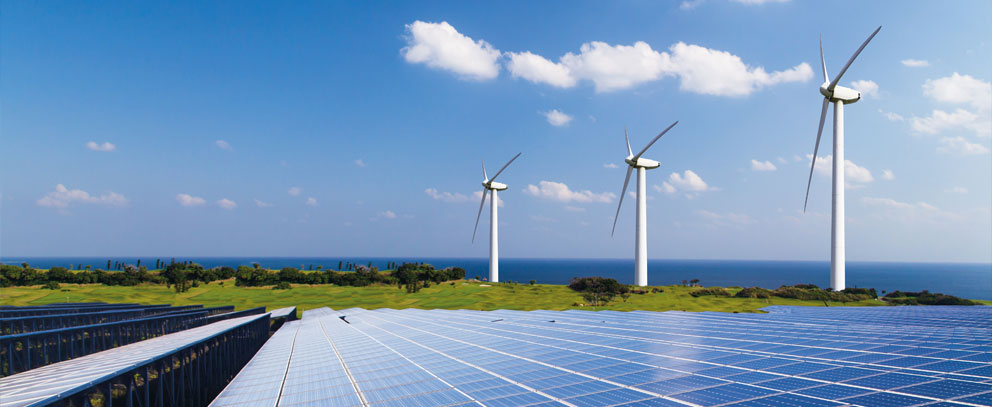Studies & industry reports
The major findings and conclusions of this literature review are consistent with the findings of most of the more robust epidemiological studies in the area of wind and health, including the recently released Health Canada summary. The MIT review includes the following summary of the authors’ conclusions:
- Measurements of low-frequency sound, infrasound, tonal sound emission, and amplitude-modulated sound show that infrasound is emitted by wind turbines. The levels of infrasound at customary distances to homes are typically well below audibility thresholds.
- No cohort or case–control studies were located in this updated review of the peer-reviewed literature. Nevertheless, among the cross-sectional studies of better quality, no clear or consistent association is seen between wind turbine noise and any reported disease or other indicator of harm to human health.
- Components of wind turbine sound, including infrasound and low frequency sound, have not been shown to present unique health risks to people living near wind turbines.
- Annoyance associated with living near wind turbines is a complex phenomenon related to personal factors. Noise from turbines plays a minor role in comparison with other factors in leading people to report annoyance in the context of wind turbines.
The major findings and conclusions of this literature review are consistent with the findings of most of the more robust epidemiological studies in the area of wind and health, including the recently released Health Canada summary. The MIT review includes the following summary of the authors’ conclusions:
- The Massachusetts Departments of Environmental Protection and Public Health recently commissioned a panel of experts with backgrounds in public health, epidemiology, toxicology, neurology and sleep medicine, neuroscience, and mechanical engineering to analyze “the biological plausibility or basis for health effects of turbines (noise, vibration, and flicker).” The review of existing studies included both peer-reviewed and non-peer reviewed literature.
- Specifically the Massachusetts study found no evidence for a set of health effects from exposure to wind turbines that could be characterized as “Wind Turbine Syndrome.” Claims that infrasound from turbines directly impacts the vestibular system have not been demonstrated scientifically.
Conclusions: Healthy volunteers, when given information about the expected physiological effect of infrasound, reported symptoms that aligned with that information, during exposure to both infrasound and sham infrasound. Symptom expectations were created by viewing information readily available on the Internet, indicating the potential for symptom expectations to be create outside of the laboratory, in real world settings. Results suggest psychological expectations could explain the link between wind turbine exposure and health complaints.
Wind power doesn’t affect property values long-term, studies show. It does drive community economic development that benefits all property owners
- A major study released in August 2013 on wind farms and property values by Lawrence Berkeley National Laboratory (Berkeley Lab) analyzed more than 50,000 home sales near 67 wind facilities in 27 counties across nine U.S. states, yet was unable to uncover any impacts to nearby home property value.
- • “Property tax payments of 1% of the assessed value of a wind project equal approximately $10,000 per megawatt for rural communities each year,” the National Renewable Energy Laboratory reported. To calculate additional jobs and spinoff economic activity, see windpoweringamerica.gov/economics.asp
Link to Lawrence Berkeley National Laboratory Property Value Study
Wind power is far less harmful to wildlife, including birds and their critical habitats, than traditional energy sources it displaces. It is the only energy source without population-level impacts, such as climate change-related habitat loss.
Link to Energy Types and Bird Deaths
Link to Audubon Birds & Climate Change Report
No form of energy generation is free from impact and wind power is no exception. However, studies have shown wind energy’s impacts to be the lowest, as it emits no air or water pollution, requires no mining or drilling for fuel, uses no water in the generation of electricity, and creates no hazardous or radioactive waste requiring permanent storage, and yet is held to the highest environmental standards
- Fossil fuels have received many times more in incentives than renewables. Wind’s primary incentive is the Production Tax Credit, a performance-based incentive that drove over $25 billion in private investment in 2012.
- American taxpayers have paid over $500 billion to fossil-fuel industries, through policies that are in many cases permanent, which make them more valuable to investors’ permanent tax policies.


 AWEA Market Reports
AWEA Market Reports